
The industrial-chic brick building at 12 W. Cary Street, known to the community for decades as Grubbs Auto Service, will soon reopen as VCU’s Maker Garage. Here, students will design and build high-performance Formula SAE cars, Hyperloop vehicles and other pieces of transportation’s future.
Like all repurposed structures, this one has a past. VCU is simply its newest caretaker. Let’s take a walk down Memory Lane and discover the history of this familiar cinder block structure, of the brick home that once stood in its place and why the site’s connection to transportation makes this a natural home for the next generation of vehicles.

Little is known about houses that may have stood on this block of Cary Street before the late 1880s. The end of that decade, however, was a time of record growth and prosperity for Richmond. Population soared to 81,000 and upscale neighborhoods were proliferating.
12 W. Cary first appears in the Richmond City Directory in 1889 as a family residence. The owner — and possible builder — of the house was William Gibson. A carpenter by training, he and his wife, Jesse, had immigrated to Virginia from Scotland some time before 1860. In Richmond, Gibson became a prosperous contractor who oversaw major building projects for the city. He was building the Cathedral of the Sacred Heart when he died in 1903 at age 79.
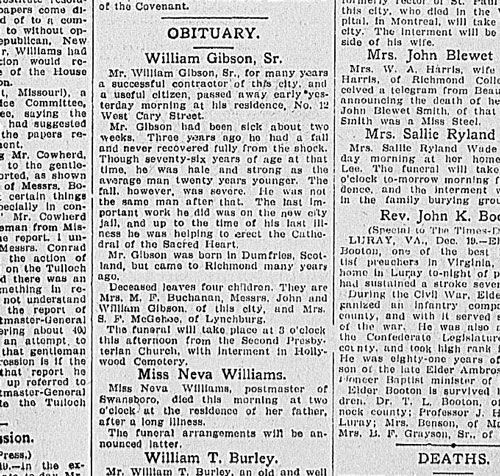
Around the time Gibson’s house was built, Richmond was gaining international fame for a major engineering achievement: the world’s first electric commercial trolley. More than 60 cities worldwide attempted this feat before Richmond succeeded. For this reason, the Richmond Union Passenger Railway is listed by the Institute of Electrical and Electronics Engineers as an IEEE Milestone for 1888.
Richmond’s expanding trolley map made Gibson’s house increasingly desirable. By 1900, streetcars ran along Cary and Main Street, and on First Street, a block and a half east of the house. The alley directly behind the house even connected to a streetcar maintenance bay.
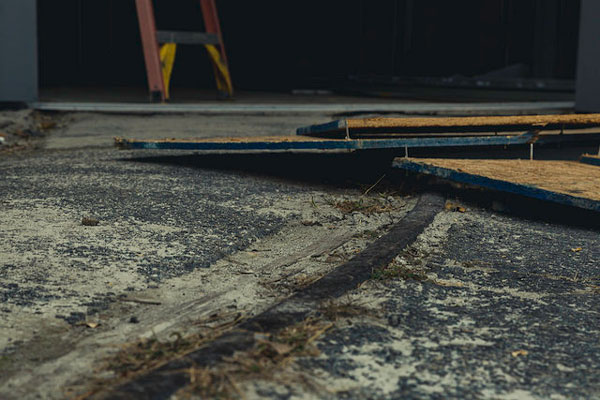
After Gibson’s death, his daughter Margaret F. Buchanan and granddaughters Jessie and Isabelle Buchanan continued on in the house. As evidence of their means, in 1909 all three women are listed on the manifest of the S.S. Furnessia ocean liner returning to New York from Glasgow, Scotland, perhaps from visiting relatives.
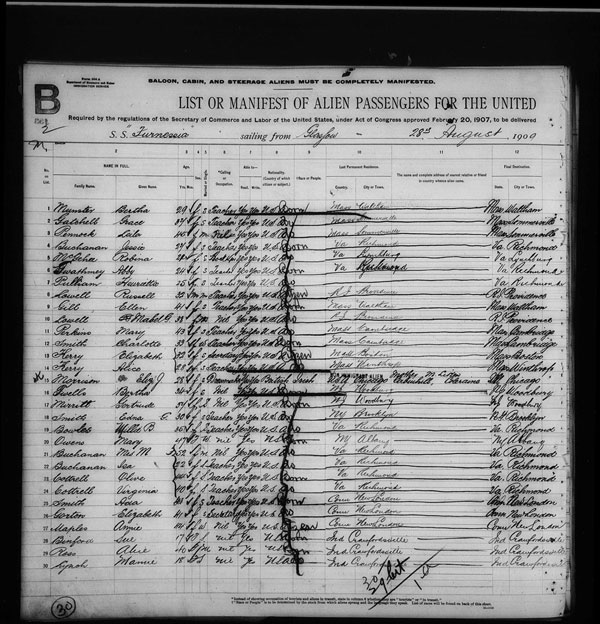
“No. 12 W. Cary St.” was listed for sale in 1907, described as a “very desirable Brick Dwelling” with nine rooms and “modern conveniences.” It had four subsequent inhabitants: a politically-minded sheriff, a family of clerks and a thrift shop. It also has at least two significant connections to Richmond’s Baptist community. (See timeline below.)
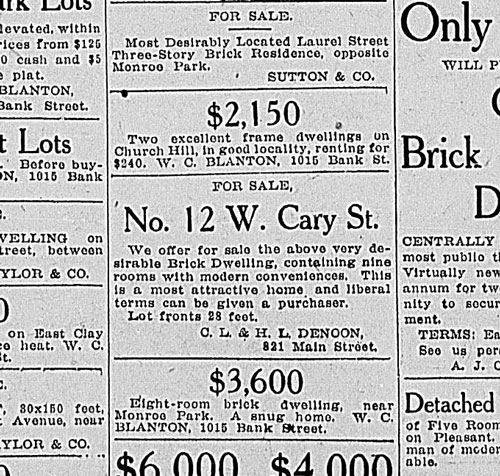
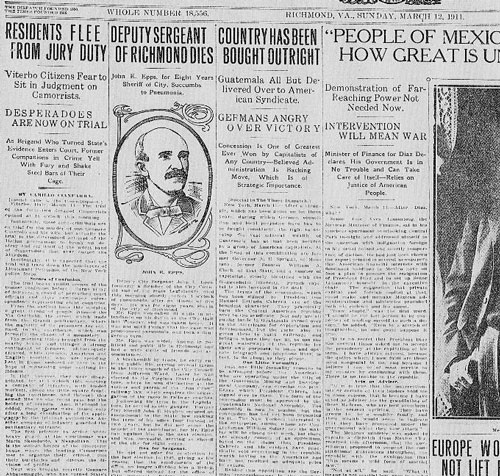
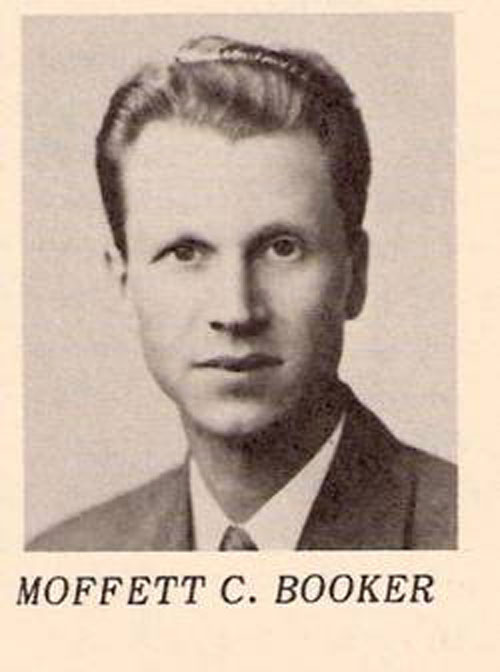
In the 1940s, busses and cars made the trolleys less relevant. On November 25, 1949, Richmond’s trolleys made a final parade down Main Street before the history-making streetcars were ceremonially burned.
Over time, Cary Street became increasingly industrial. In her 1950 book “Old Neighborhoods of Richmond,” Richmond historian Mary Wingfield Scott lamented that “Cary Street, once a prosperous residence-district, has become a speedway to the financial district . . . . One old house after another has given place to a filling station. . . and the arid waste of gas-tanks.”
In keeping with the trend, the Electrical Equipment Storage Company bought 12 W. Cary in 1950. The original house stood for another decade. On June 22, 1960, the Electrical Equipment Storage Company demolished the house to make way for its new building, the structure that would later become fondly known as Grubbs Auto Service.

The current building covers the footprints of both the house and the trolley maintenance station behind it. Traces of the latter survive. Trolley tracks from the alleyway into the back of the current building are still visible. In the very back of the interior is the elevated platform that gave technicians access to streetcar motors.
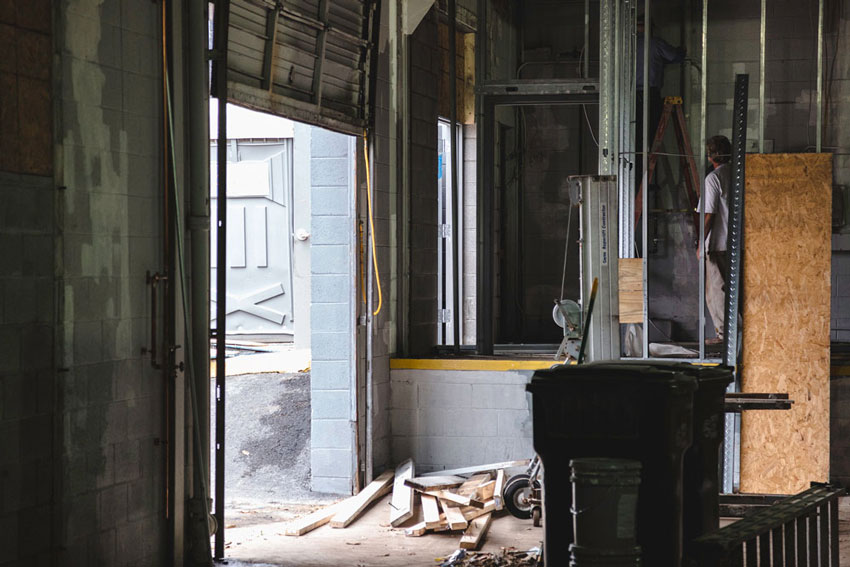
The Electrical Equipment Storage Company remained until 1977. The building was sold in 1979 to Thomas and Hazel Harris for $65,000. It became Harris Automotive Repair, a four-bay garage that operated until 1986.
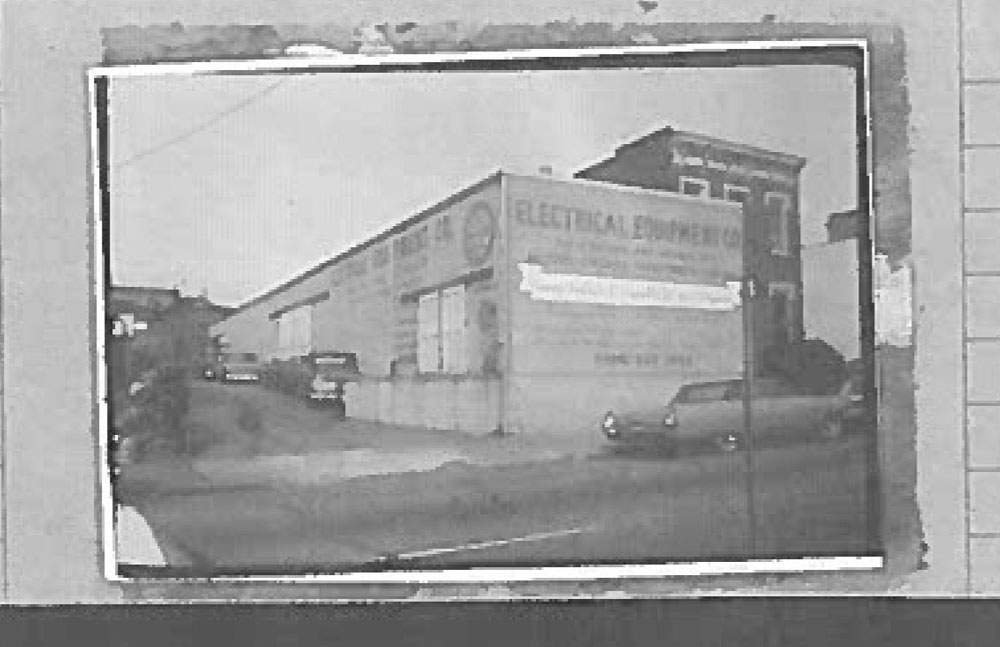
In 1987, William and Audrey Grubbs bought the property for $175,000 and opened Grubbs Auto Service, which was celebrated by customers for its service and prices. “I asked my coworkers and friends and they all highly recommended Grubbs' over by VCU,” one customer said. “I was not disappointed. It was a friendly, mom and pop-style car service and the cost was very reasonable!”
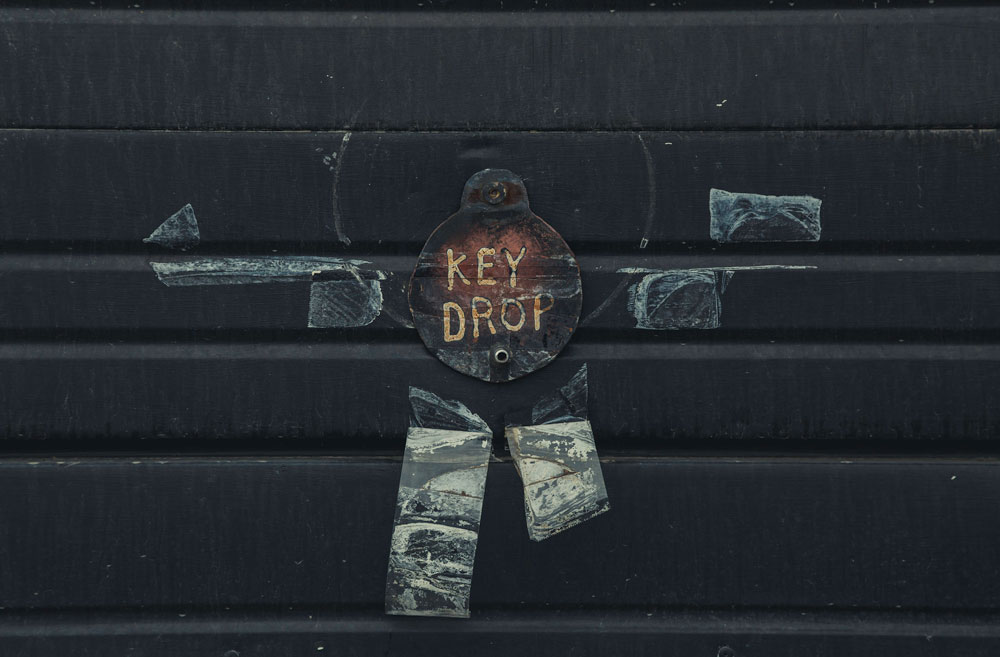
Upon the death of her husband in 2017, Mrs. Grubbs sold the building to the VCU College of Engineering Foundation. When students and their professors move into their new Maker Garage, the past and future will converge. Computers and flat-screens will flicker alongside old-school wood- and metalworking tools. New inventors will use them all as they imagine — and build — powerful new vehicles this space’s former occupants could have only dreamed of.
Special thanks to Janina Holly for research assistance.
12 W. Cary Street | Timeline | 1889 - 2019
| Date | Event |
|---|---|
| 1889 - 1903 |
Residence of William Gibson and family |
| 1903 - 1909 |
Residence of Mrs. M.F. Buchanan and Jessie Buchanan |
| 1909 - 1911 |
Residence of John E. Epps and family, plus one servant |
| 1911 - 1940 |
Residence of James M. Booker and family |
| 1941 - 1949 |
The Baptist Goodwill Center |
| 1949 |
The end of Richmond’s trolley era |
| 1950 |
Electrical Equipment Storage Company |
| 1960 |
Electrical Equipment Storage Company’s new building |
| 1979 | Harris Automotive Repair Thomas and Hazel Harris purchased the property for $65,000. It became Harris Automotive Repair, a four-bay garage that operated until 1986. |
| 1987 | Grubbs Auto Service William and Audrey Grubbs bought the property for $175,000 and opened Grubbs Auto Service, which was celebrated by customers for its prices and service. |
| 2017 | Sale of Grubbs Building Upon her husband’s death in 2017, Mrs. Grubbs sold the property to the VCU College of Engineering Foundation. Together with the college, they have further invested in remodeling the building so that engineering students will have cutting-edge makerspace facilities that will enable them to innovate and develop new technologies for 21st century transportation. |
| 2019 | VCU Maker Garage VCU College of Engineering opens the Maker Garage, a makerspace for high-performance automotive projects. |
